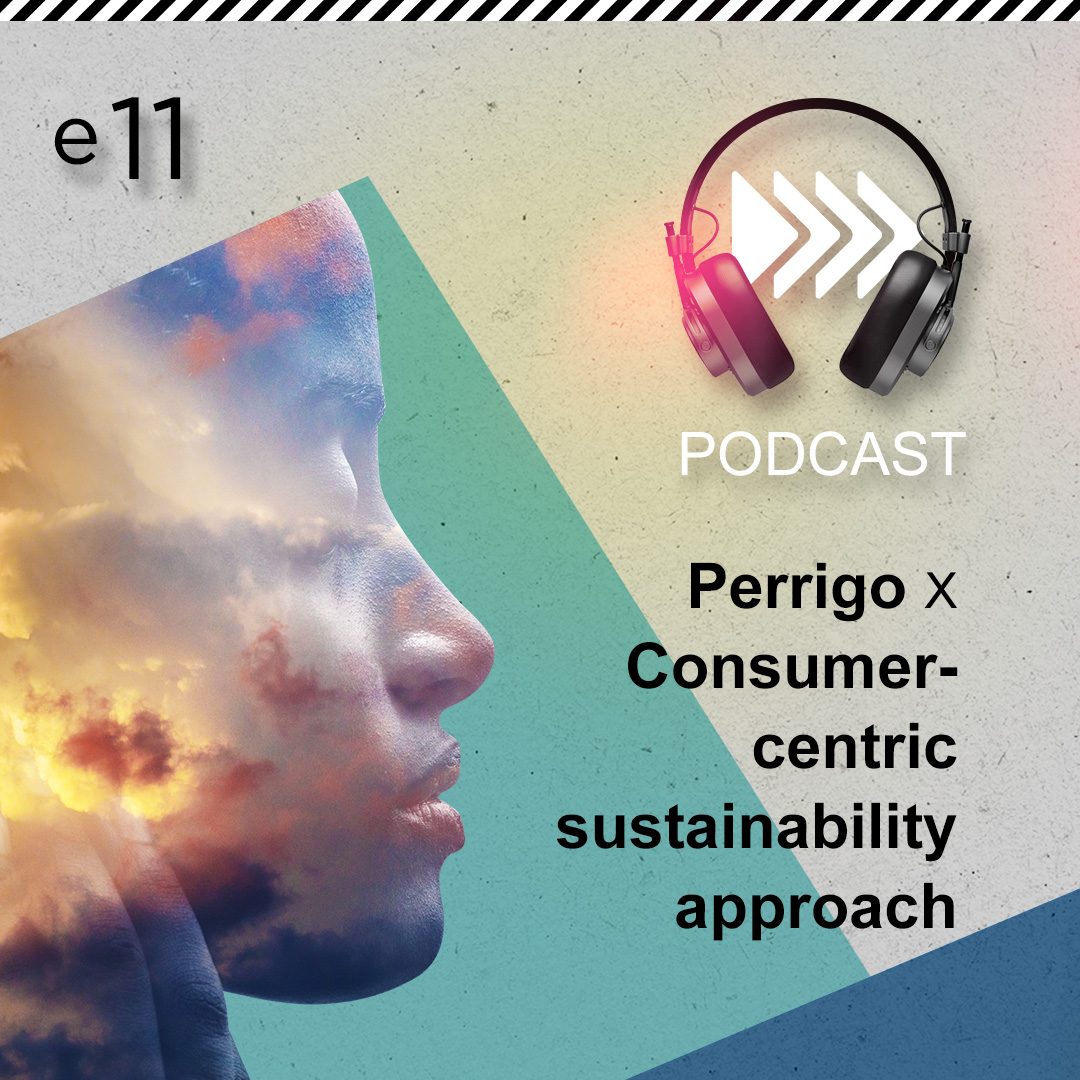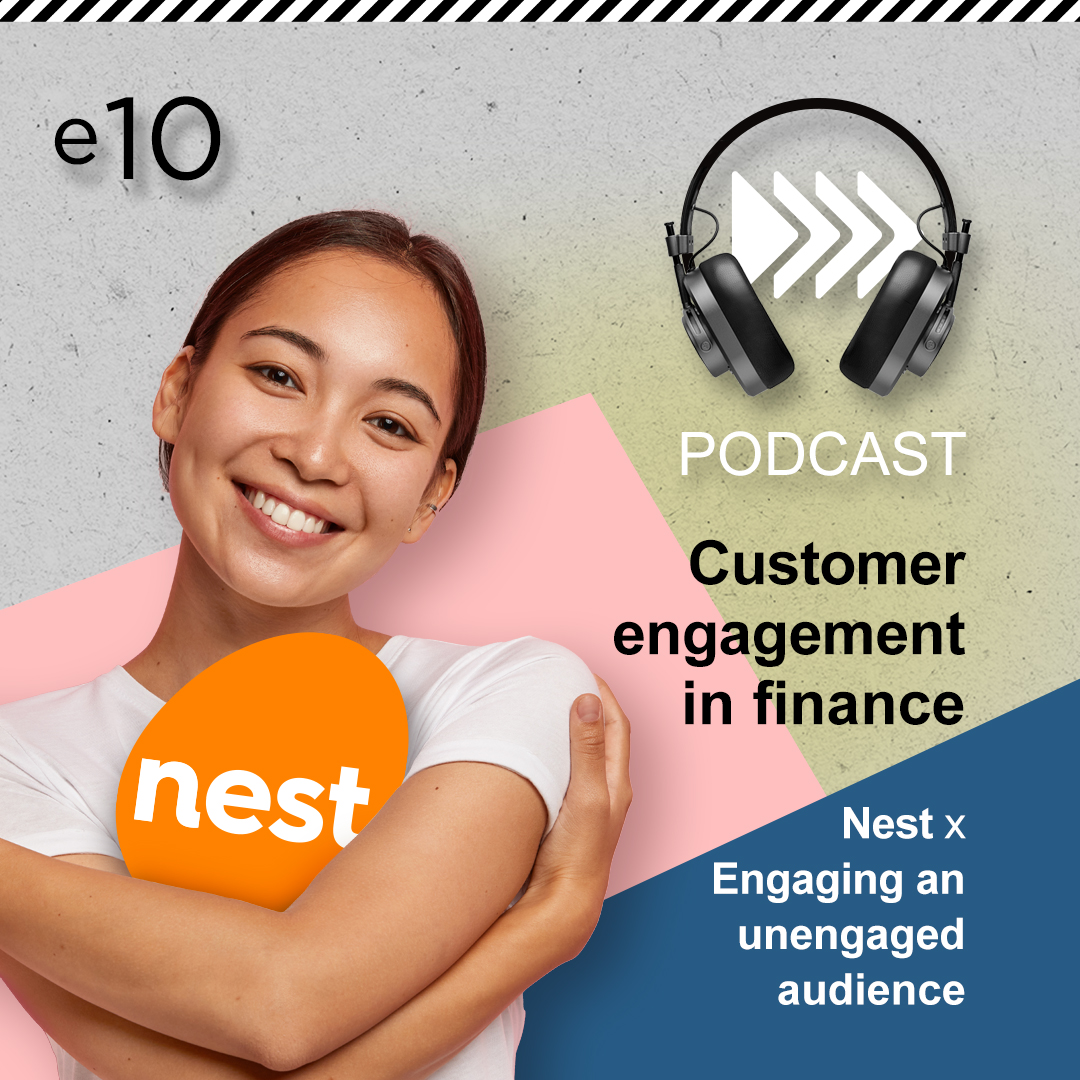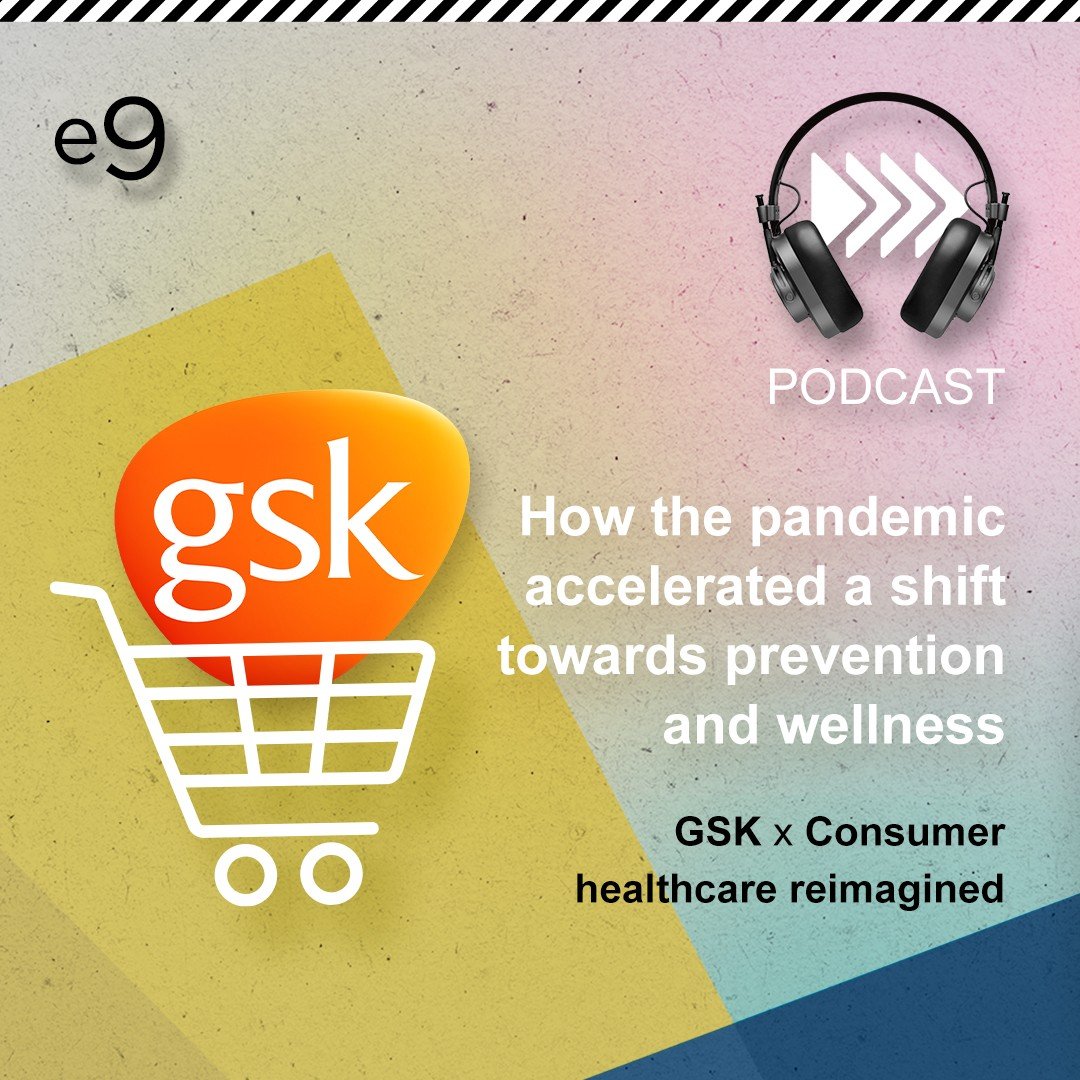Script:
Farrell: This is A Penny for your Thoughts, I’m Farrell Styers. We’re just getting back into the swing of things coming off of the summer holidays. So today we’ve got a short episode for you. But don’t worry, a full one is in the works. And today’s episode is the first installment of what we hope will be a pretty regular segment on the show. The segment is called “Rumor Has It”. And in each installment, we’ll dig into a rumor, myth, legend, whatever you want to call it, about marketing or market research. And these rumors aren’t reserved for just those of us in the market research world – everyone has heard something about the clever ways companies try to attract buyers. It could be anything from where a given item is placed in a store, to the smell of a nearby bakery. We take this rumor or myth and do the research for you to decide if it’s true or if it’s not.
The first installment of “Rumor Has It” focuses on subliminal messaging, and more specifically, one persistent rumor about the movie theater. And to get a feel for what people know, or think they know, about subliminal messaging, producer Felix Rumpf and I went out and asked.
[The people on subliminal messaging clip] So that’s the lore. But our producer Felix Rumpf came to the studio to tell us the reality. I started by asking him to just remind us what subliminal messaging is.
Felix: Subliminal literally means ‘below threshold’. So a subliminal message is a visual or auditory message that your brain registers but you are not becoming consciously aware of. We cannot be aware of everything that’s going on around us all the time. We just don’t have the processing power. In fact, it’s only a tiny slice of reality we perceive at any given moment. To still be able to survive and navigate within our environment, we have a kind of gatekeeper that passes on only the most relevant information at any given moment to our conscious self.
A common textbook example for this is the cocktail party effect. Imagine you’re at a party with lots of people standing in small groups, talking to each other. It’s all just noise. Until you hear someone mentioning your name. Suddenly you become aware of that specific conversation and start to listen more intently.
In order for that to happen, your brain must have somehow kept track of all the things being said and got triggered by a stimulus relevant to you… your name.
Farrell: This is the psychological equivalent to the concerns around “OK Google” or “Hey Alexa” where, if these phrases wake up your device, it means it must have been listening all along.
Felix: Ideally, Google forgets everything it doesn’t need. But for us the other stuff has an effect, it’s just a question of how big an effect. A popular theory is that intuition or gut feeling depends on the processing of this subliminal information.
Farrell: So Felix says yes, subliminal messaging is real and has some sort of effect. So how about this persistent rumor about the movie theater?
Subliminal messaging effectively works by hiding a message within that background talk.
When using subliminal messages in research, this is mostly achieved by presenting a visual or auditory stimulus for a very short time and mostly masking it directly with unrelated information to prevent delayed processing. It just stays unconscious.
It is proven that thus masked messages can have an effect on the recipient without them being aware of it.
Felix: Most people don’t know the ‘cocktail party effect’ outside of psychology circles. I was looking for a better pop culture reference that people would know. It turns out there’s a great example with the movie Fight Club. I think most people know the movie.
There’s a scene where both main characters are in the cinema. One of them works there, and what he does is splice film reels together. But when he does this he adds one or two frames of different scenes between them. So people aren’t aware of what they’ve seen. But it still has an effect on the audience.
[Fight Club clip: “Nobody knows they saw it, but they did…”]
Farrell: In fact, he’s splicing single frames of pornography into family films.
Felix: Basically, they did it just to fuck with people. They just wanted to spread chaos. But the question becomes: how can people use this for a more commercial mindset or agenda. You want to have a controlled reaction in your audience.
Farrell: But Fight Club wasn’t the starting point for these rumors about movie theaters. That story is based on an incident that happened in 1957.
Felix: The best example of subliminal messaging is one of the earliest stories. It’s the one where the general public became aware that it exists.
It dates back to this incident or report of James Vicary and Frances Thayer, who published a study that claimed they increased the sales of popcorn and Coca-Cola in the cinema by 50 or 60% by showing subliminal messages.
They showed one or two frames of Coca-Cola or the words “popcorn”. This is when people became aware or afraid or angry about subliminal messaging. It became a bit like we are not in control anymore and they asked “what is with free will?”
Farrell: Ok, we know what subliminal messaging is. We know where those myths come from. But is it true? Are we all being manipulated to buy things through subconscious messaging?
Felix: As so often in reality, it’s not as easy as it sounds. And in this case, it turns out the data these two gentleman presented was entirely fabricated. They made up a bogus study.
Subliminal messaging works. But subliminal advertising? Probably not. There are too many practical issues. Most studies on subliminal messaging happened in a very controlled environment. And even there, the effect is quite small and the impact is perhaps not as game-changing as many people believe.
Also, you can illustrate it nicely if you think about advertising clutter. There are so many brands screaming for your attention. They’re trying to bring their message to you. But they’re having the problem that there’s just too much of this stuff around. Your message gets drowned out by all the other messages out there. You become part of the background noise. These brands can’t shout louder. They’ve just reached the maximum threshold.
The same dynamic applies to subliminal messages. There’s just so much information around. All the controlled messages need to compete with this background data. And it might or might not be relevant to the listener. Furthermore, the threshold differs for every person. So for one person, you might need to show a 200 millisecond clip and for another a 300 millisecond clip. You might say, “just go for the average and some people might miss it.” But for some people it could be long enough to consciously pick up on it. And those people could be really upset when they see what’s going on. And brands really don’t want to face that kind of backlash.
So it doesn’t pay off for companies to employ such tactics on a large scale. It needs a really controlled environment. It needs preparation. And the payoff isn’t big enough and the backlash could be too big. It just isn’t worth it. You can sleep soundly. The general principle works, but the practical implementation is just too difficult.
Farrell: So there we go. Subliminal messaging is a real thing and in a controlled laboratory, you can even measure its impact. But the chances that you’re being subconsciously manipulated to buy more coke or popcorn in the theater is pretty much zero.
Now, we found out a lot of other cool stuff during our research for this episode. So if you still want to hear more about subliminal messaging subscribe to the show, because we may do a full episode that dives deeper into this.
For those of you who are new to podcasting, go check out our website where you can learn how to subscribe and receive new shows as soon as they come out. If you’re listening to this show sitting at your computer with a pair of headphones on, it means you’re probably doing it wrong. Check out insites-consulting.com and click on the podcast page to learn more about podcast and about the stuff you heard in this episode.
This episode was produced by Felix Rumpf and me, Farrell Styers. I also mixed and edited the show. We had production help from Katia Pallini and got technical support from Bram Vandeperre. On the previous episode, I forgot to thank Robert Davidson for help selecting music. Thank you, Robert. Additional thanks goes to Ugne Mikulenaete and Hanne Vanderhaeghe.





